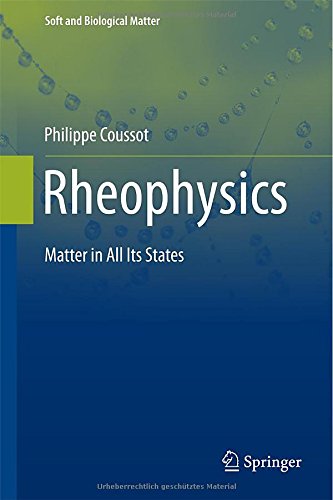

Most ebook files are in PDF format, so you can easily read them using various software such as Foxit Reader or directly on the Google Chrome browser.
Some ebook files are released by publishers in other formats such as .awz, .mobi, .epub, .fb2, etc. You may need to install specific software to read these formats on mobile/PC, such as Calibre.
Please read the tutorial at this link: https://ebookbell.com/faq
We offer FREE conversion to the popular formats you request; however, this may take some time. Therefore, right after payment, please email us, and we will try to provide the service as quickly as possible.
For some exceptional file formats or broken links (if any), please refrain from opening any disputes. Instead, email us first, and we will try to assist within a maximum of 6 hours.
EbookBell Team

5.0
38 reviewsThis book presents a unified view of the physicochemical origin of the mechanical behaviour of gases, simple solids and liquids, suspensions, polymers, emulsions, foams, and granular materials, along with techniques for measuring that behaviour. Besides molecular materials in all their classical gaseous, solid, or liquid states, we deal daily with a number of other materials made of coarser elements such as polymers, cells, grains, bubbles, and droplets. They take on the familiar appearance of paints, inks, cements, muds, foams, emulsions, toothpastes, gels, etc. These materials exhibit complex structures and sometimes amazing types of mechanical behaviour, often intermediate between those of a simple liquid and a simple solid. From a practical standpoint, the aim is to analyze their internal evolution (aging, restructuring, phase separation, etc.), then to formulate these materials in accordance with the desired properties, and thereby devise new materials. With that aim in mind, it is crucial to understand how these materials deform or flow, depending on the interactions and structures formed by the elements they contain. This book is intended for students as well as more advanced researchers in mechanics, physics, chemistry, and biology. The mathematical formalism is reduced in order to focus on physical explanations.